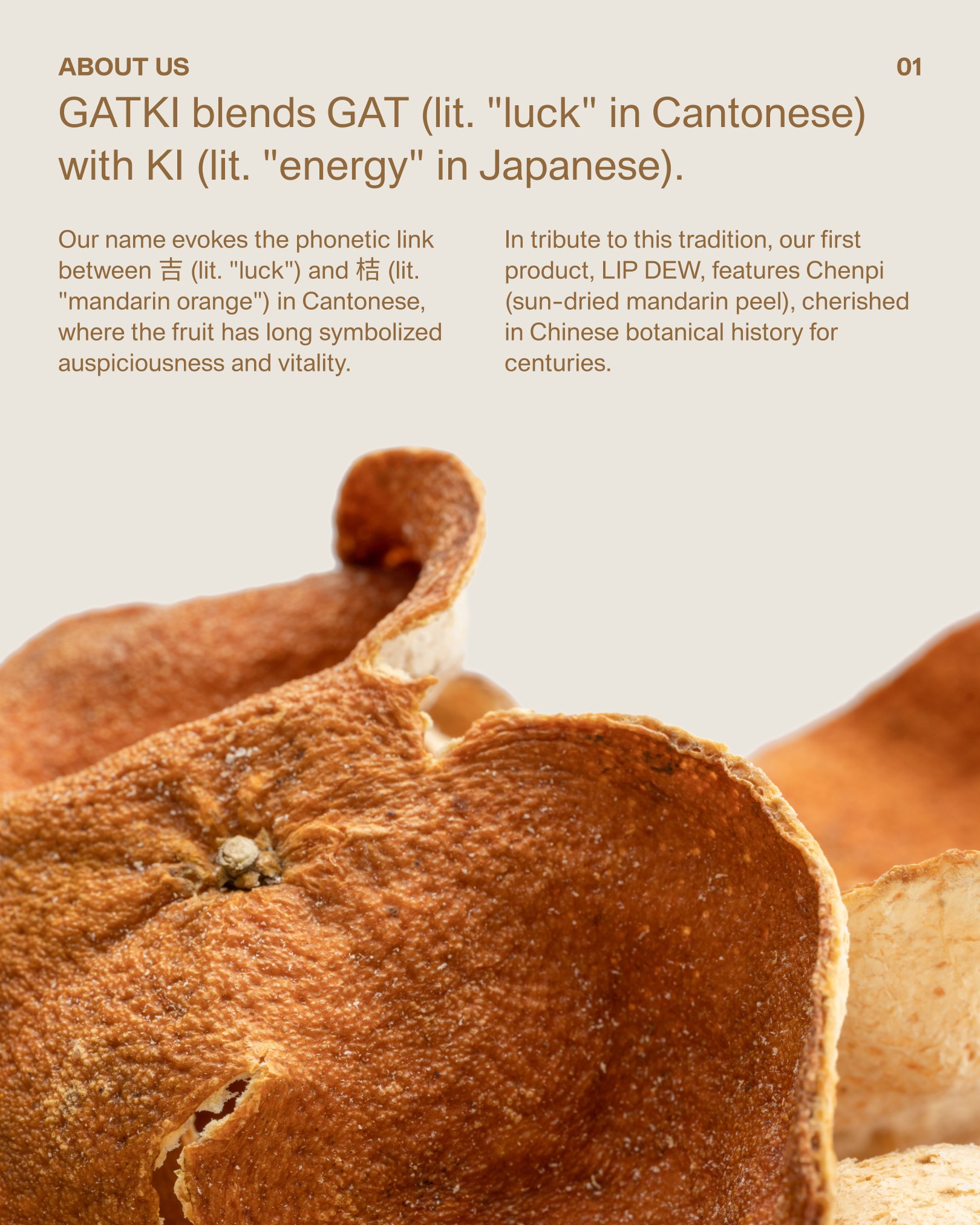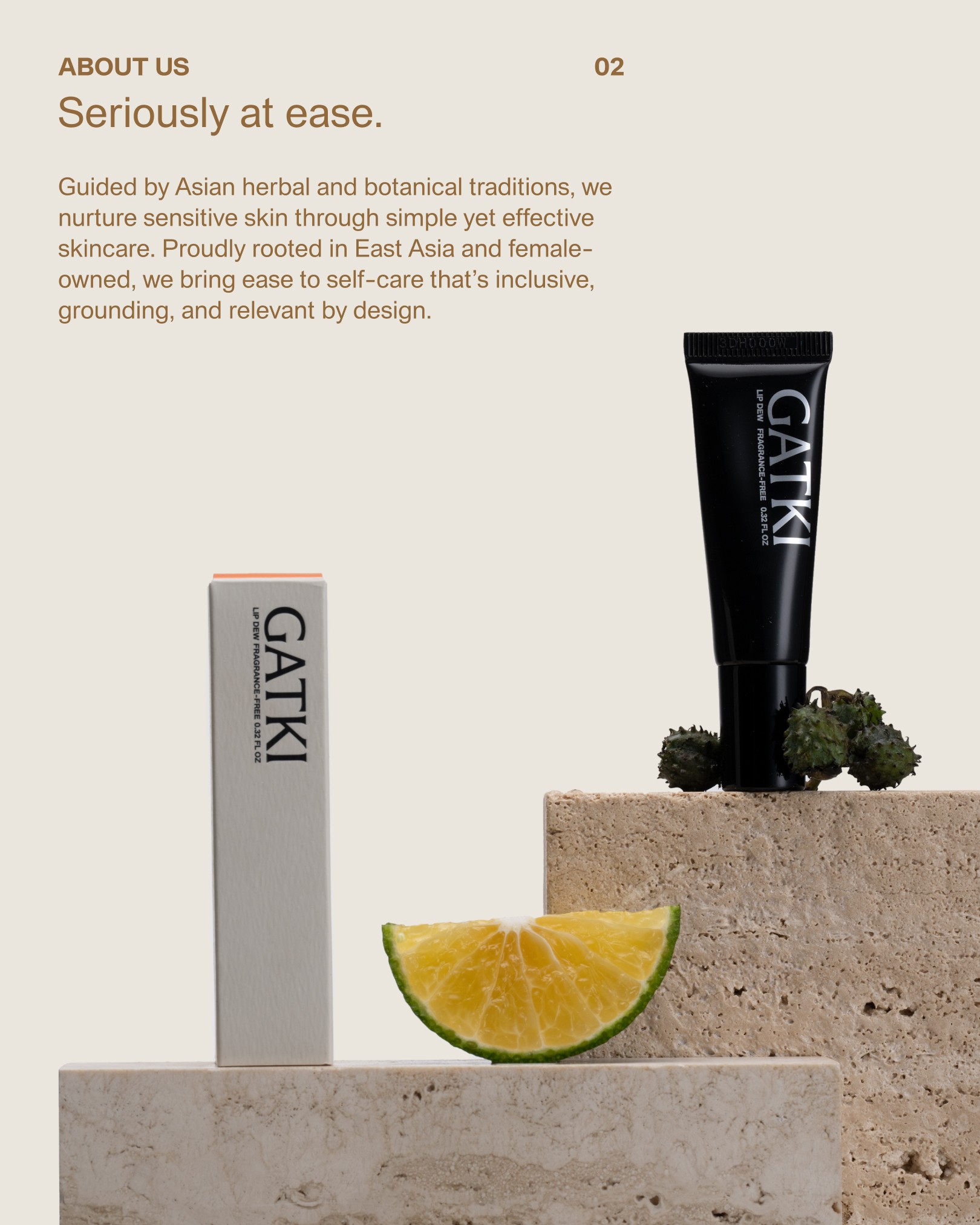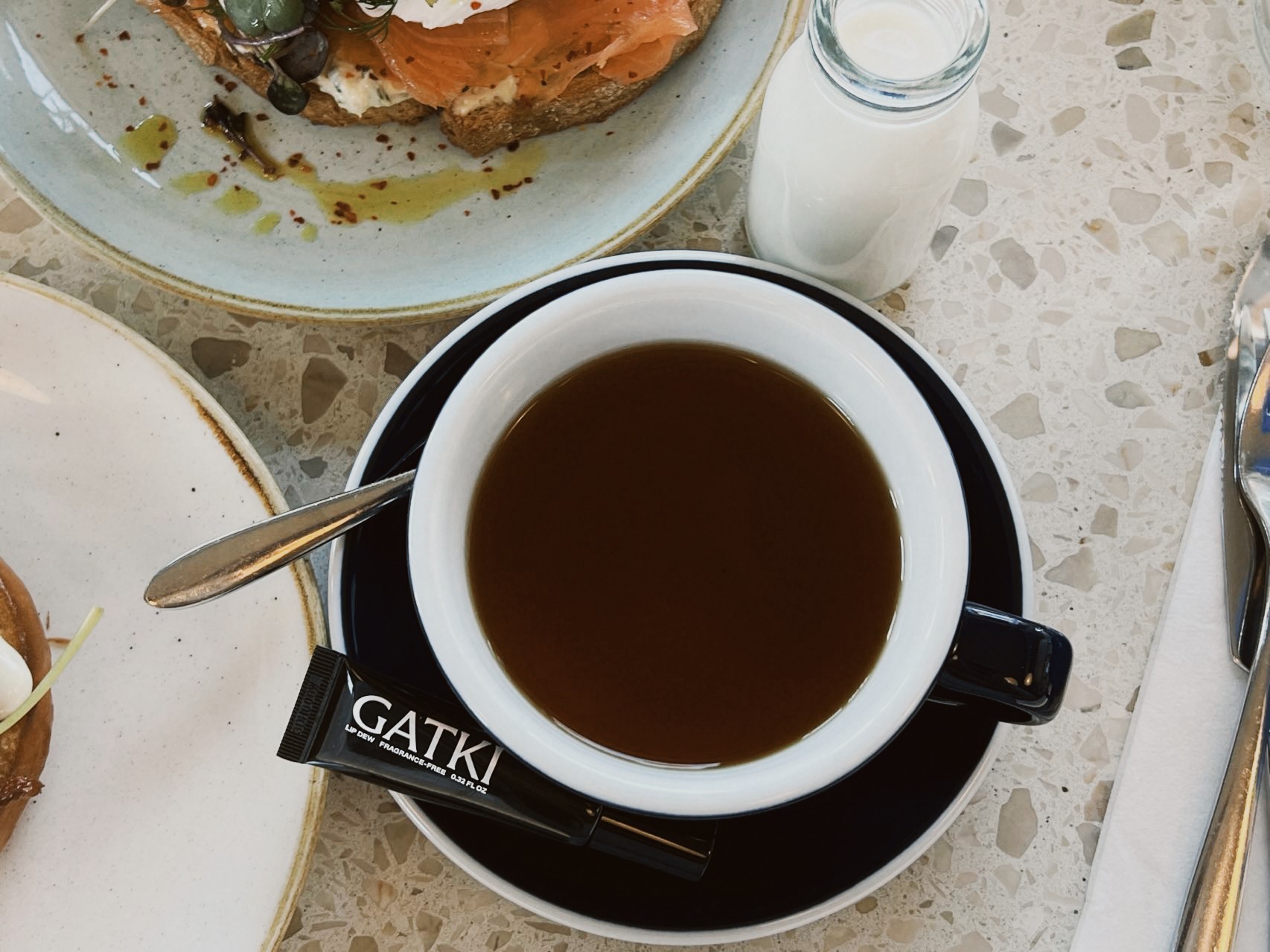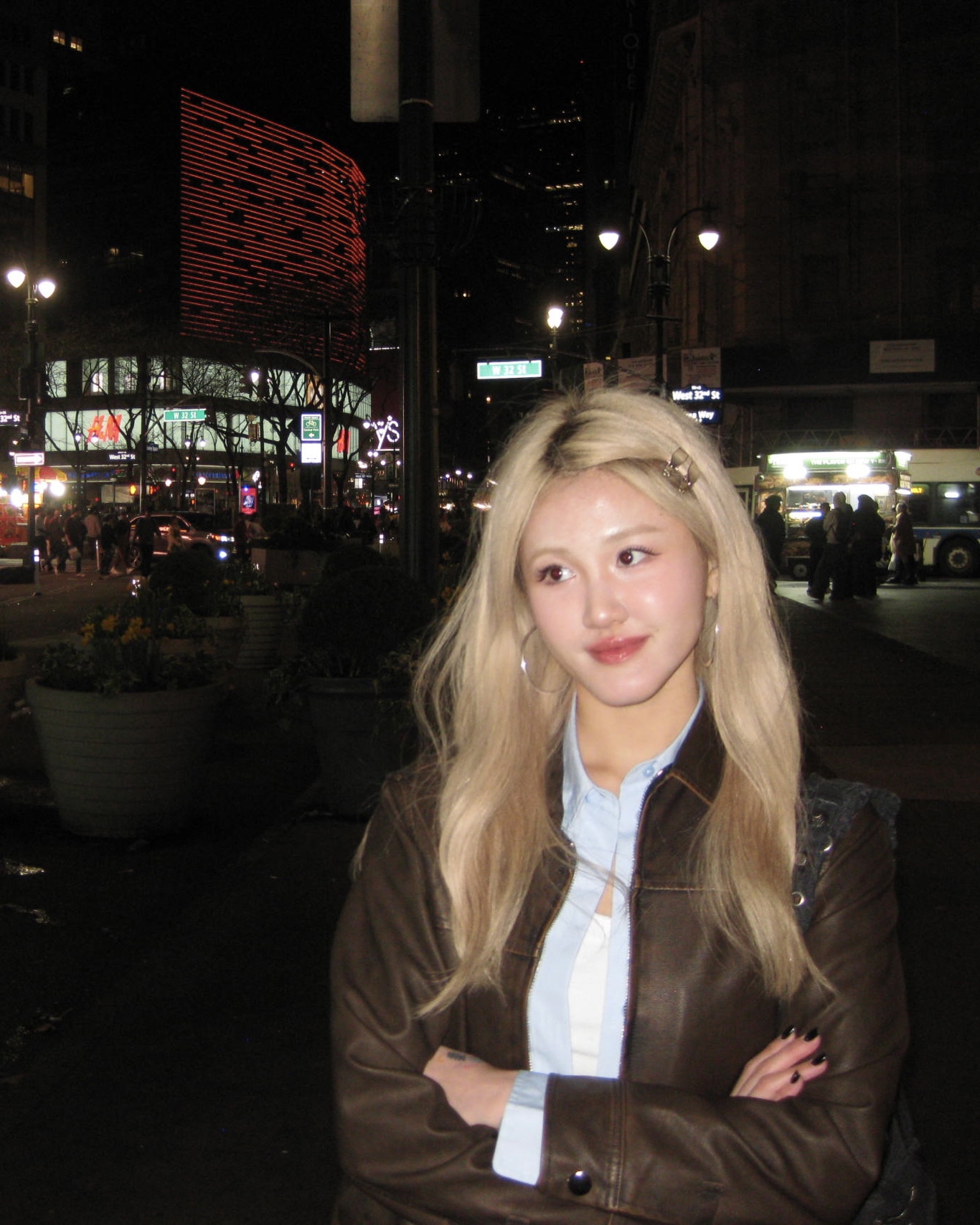Alright – so today we’ve got the honor of introducing you to Cheuk Ying Cherie Chan. We think you’ll enjoy our conversation, we’ve shared it below.
Alright, Cheuk Ying Cherie thanks for taking the time to share your stories and insights with us today. So, naming is such a challenge. How did you come up with the name of your brand?
Naming GATKI wasn’t just about finding something that sounded good. It had to reflect our values, carry cultural depth, and feel distinct.
GATKI blends GAT (lit. “luck” in Cantonese) with KI (lit. “energy” in Japanese). Our name evokes the phonetic link between 吉 (lit. “luck”) and 桔 (lit. “mandarin orange”) in Cantonese, where the fruit has long symbolized auspiciousness and vitality. We wanted something rooted in East Asian culture, yet accessible to a broader audience.
As a designer, I’m drawn to names with quiet wit — not immediately obvious, but memorable once the wordplay clicks. I especially enjoy moments like naming, where language, culture, and identity intersect, and I have the freedom to layer in subtle playfulness.
We also considered accessibility. So far, the response has been very positive: even among English speakers, the name GATKI is easy to pronounce, and we rarely encounter confusion. That balance of familiarity and depth reflects what GATKI stands for — culturally grounded, thoughtfully designed, and open to all.

Great, appreciate you sharing that with us. Before we ask you to share more of your insights, can you take a moment to introduce yourself and how you got to where you are today to our readers.
GATKI is a New York–founded skincare brand inspired by East Asian skincare rituals and designed for sensitive skin. Our first product, LIP DEW, is an ultra-gentle, super moisturizing lip balm made for sensitive lips. It features Chenpi (sun-dried mandarin peel), cherished in Chinese botanical history for centuries. We focus on minimal, high-performance formulas that bring clarity, care, and cultural depth to daily routines.
I’m a New York–based graphic designer with a background in product and brand design. In 2024, I co-founded GATKI with a close friend and took on the role of Creative Director.
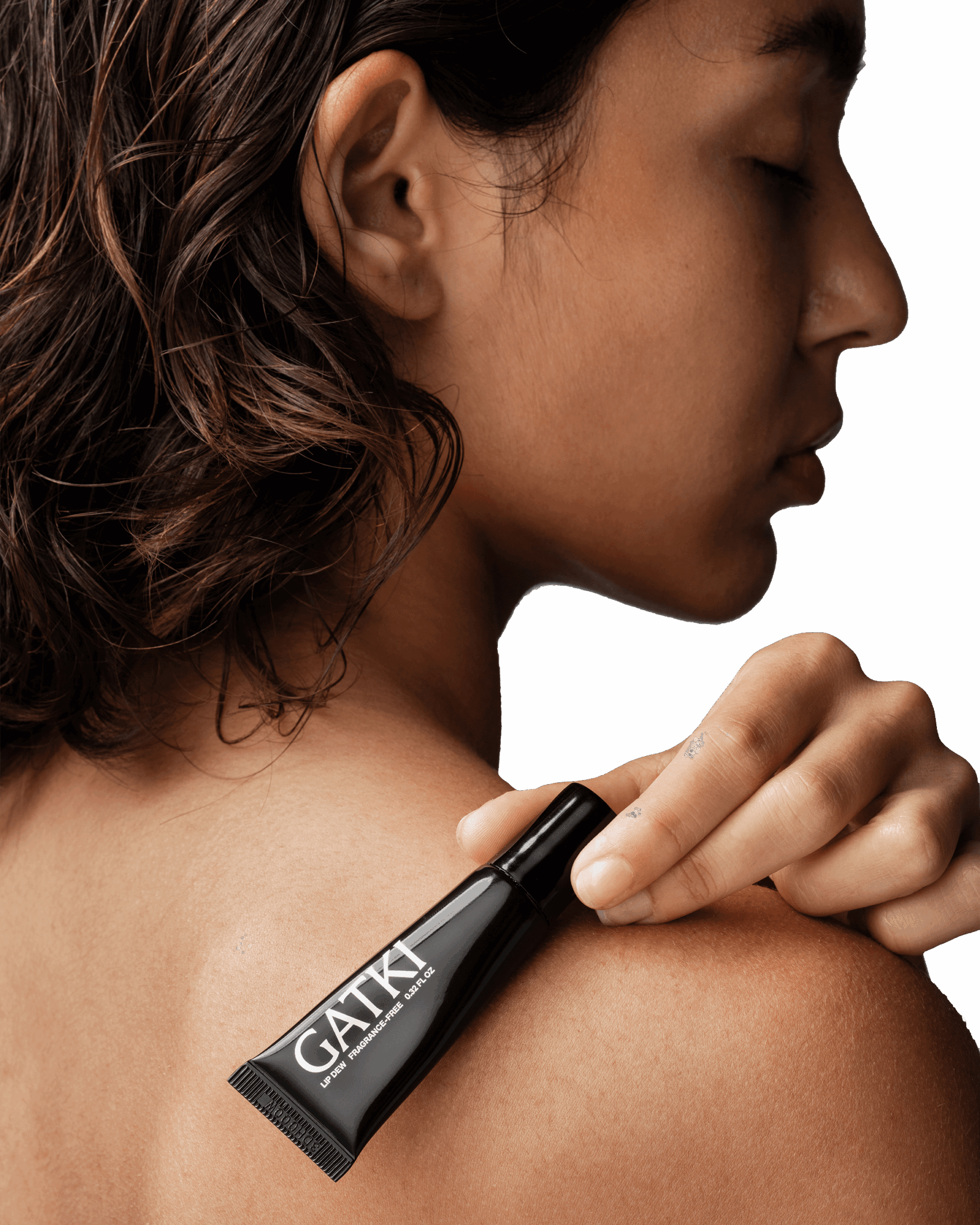
Okay – so how did you figure out the manufacturing part? Did you have prior experience?
With a background in product and brand design, I’ve always approached product development like design: start with the problem, not the solution. Before creating anything for GATKI, we launched an online survey that brought in over 100 responses about daily lip care habits. We followed that with in-person interviews across New York, from Greenpoint to MoMA to Central Park, to hear real stories, not just data points.
One theme came through clearly: people with sensitive lips can’t just use “whatever.” Common irritants came up again and again, so we made a clear decision to eliminate four major triggers: fragrance, pigment, menthol, and lanolin. That insight shaped our entire formulation approach.
Working closely with our lab, we went through more than ten iterations. Some versions felt elegant but disappeared too fast. Others were hydrating but left behind too much residue. Eventually, we found the balance. We then ran three months of real-world stability testing across heat, cold, and sun exposure to ensure the formula held up under pressure.

How’d you think through whether to sell directly on your own site or through a platform like Amazon, Etsy, Cratejoy, etc.
We chose to sell on both TikTok Shop(https://tiktok.com/@gatki.co) and our Shopify-hosted website (https://gatki.co) , but for very different reasons.
TikTok is a thriving discovery platform, especially for newer brands like ours. Having a storefront directly within the app streamlines the user experience — it lets consumers go from discovery to checkout without leaving the platform. From a product design perspective, this in-app flow reduces friction and makes the path to purchase feel immediate and intuitive.
That said, we chose not to rely on marketplaces like Amazon or Etsy. Instead, we took the time to build our own website. In the U.S., many consumers visit a brand’s site to fact-check ingredients, learn the brand story, or simply see if it feels trustworthy. For us, the website isn’t just a place to sell. It’s a foundational part of brand building.
Unlike social platforms that prioritize fast content and reactive tone shifts, the website allows for slower, more intentional storytelling. It’s where we shape the narrative on our terms. From a content design perspective, it’s also where we establish brand personality and tone more authentically, without being constrained by platform-specific behaviors.
As a graphic designer, I wanted creative control. I designed the site’s UX and UI system in Figma, then translated it into Shopify by customizing the code files directly. We didn’t use a prebuilt template. Every visual and interaction was adapted to reflect our brand. The challenge, of course, was building from scratch. It was time-consuming, unfamiliar, and full of trial and error. But that process was also deeply rewarding.
Spending time to craft something from the ground up reminded me why I care about design. It wasn’t just about launching a site. It was about building a coherent, considered experience—one that connects product, brand, and story in a way that feels human.
Contact Info:
- Website: https://gatki.co
- Instagram: https://www.instagram.com/gatki.co
- Linkedin: https://www.linkedin.com/company/gatki
- Other: https://cheriechan.net

